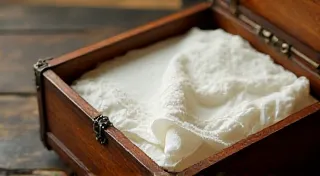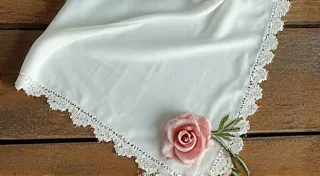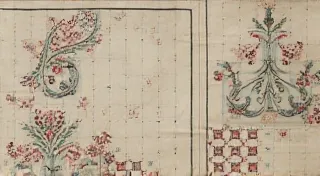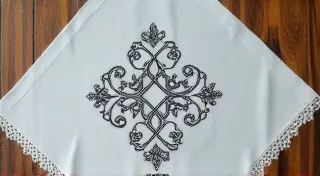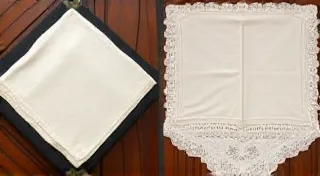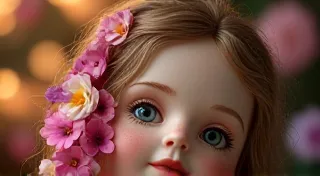The Significance of Monograms on Antique Handkerchiefs: Decoding the Clues
Antique handkerchiefs are more than just pieces of linen or cotton; they’re often tiny windows into the past. While fabric and embroidery provide valuable insights, the presence of a monogram can elevate your understanding dramatically. These elegantly stitched initials aren’t just decorative; they’re clues to the original owner’s identity, social standing, and sometimes, even their family history.
What is a Monogram?
A monogram is a design comprising two or more letters, typically initials, interwoven or combined into a single decorative emblem. On antique handkerchiefs, these monograms are almost always embroidered, and the style and quality of the embroidery itself can provide additional clues about the handkerchief's origin and value. They were a common way to personalize belongings and indicate ownership in the 18th and 19th centuries.
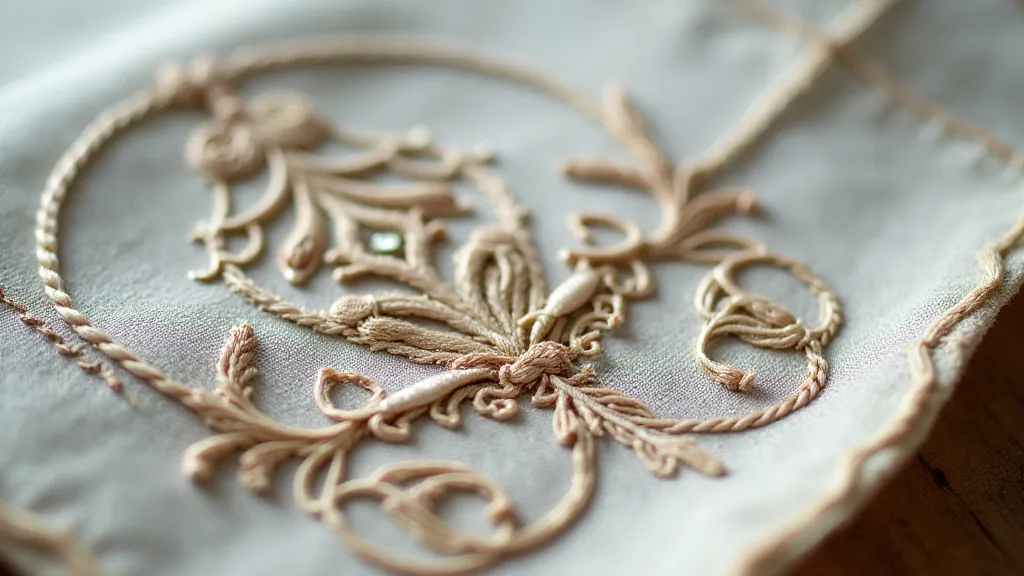
Decoding the Initials: More Than Just a Name
While the most obvious interpretation is simply identifying the owner, a monogram can reveal a lot more. Consider these aspects:
- Number of Initials: A single initial was often used for servants or lower classes. Two initials were common for married women (often the husband's first name and the wife's surname). Three or more initials often indicated a family member (father, mother, and child) or a family with a distinguished lineage.
- Letter Styles: Different fonts and embroidery styles were fashionable during specific periods. Georgian scripts (late 1700s – early 1800s) differ significantly from Victorian-era lettering. Researching letter styles can help date the handkerchief.
- Embellishments: The presence of floral decorations, scrolls, or other embellishments surrounding the monogram also signifies social status and the skill of the embroiderer. Extensive and elaborate ornamentation suggested wealth and leisure.
- Thread Quality: The type of thread used is another key factor. Silk thread was more expensive and luxurious than cotton or linen, directly correlating with the owner's social standing.
Social Status and Monograms
Historically, monograms served as subtle markers of social identity. Here's how they reflected social standing:
- Lower Classes: Simple monograms, usually with just one initial, were common. They might be roughly stitched and lack embellishment.
- Middle Class: Two or three initials, with some decorative elements, were typical. These handkerchiefs would be functional and well-made, reflecting a comfortable lifestyle.
- Upper Class: Elaborate monograms, often incorporating family crests or symbols, were prevalent. The embroidery would be impeccable, using the finest silks and linens. These handkerchiefs were statements of wealth and privilege.
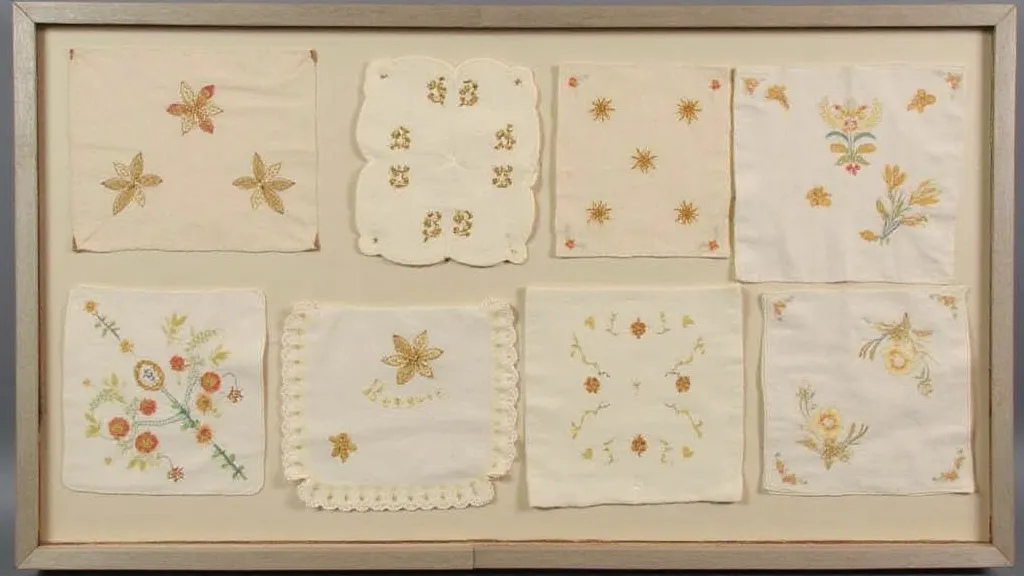
Beyond the Initials: Family History
In some cases, researching family history alongside the monogram can unlock fascinating stories. A particularly ornate monogram might lead to a genealogy discovery, revealing a connection to a notable family or historical event. While it’s rare to find complete certainty, these details can add an extra layer of richness and understanding to your antique handkerchief collection.
Tips for Identifying Monograms
- Document Everything: Carefully photograph and record all details of the monogram, including the letters, stitches, and surrounding embellishments.
- Research Letter Styles: Familiarize yourself with different lettering styles used during various historical periods.
- Consult with Experts: Genealogists or textile historians may be able to provide further insight.
- Join Online Forums: Connect with other collectors to share knowledge and ask questions.
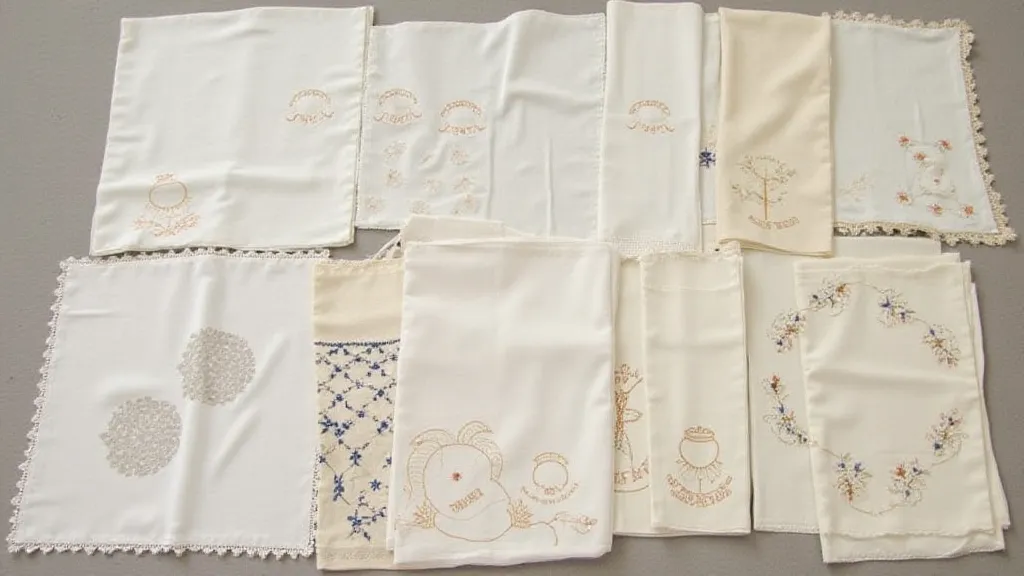
By paying close attention to monograms on antique handkerchiefs, you can move beyond simple identification and begin to uncover the fascinating lives and stories of those who once held these treasured linens.
